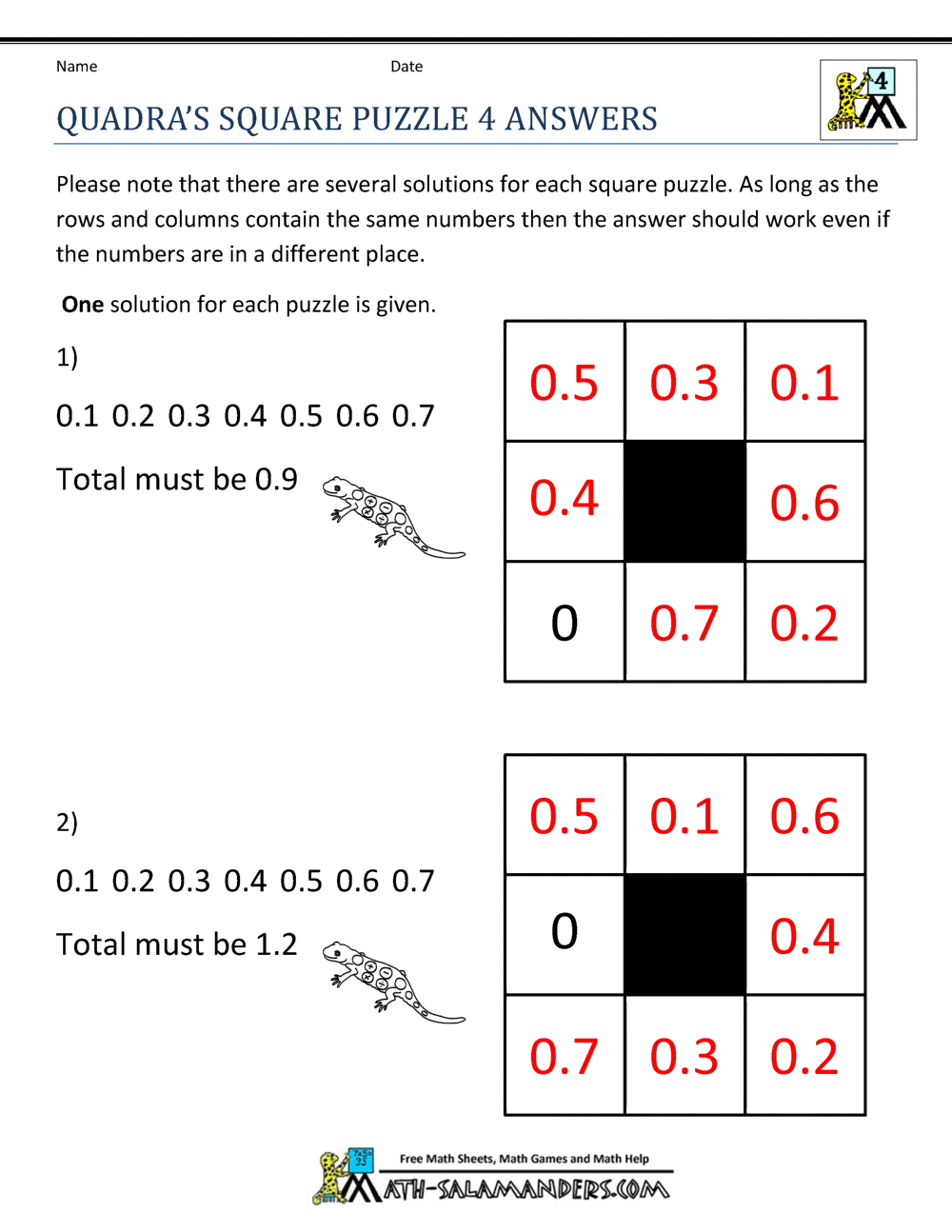Maths in daily lifeWhen you buy a car, follow a recipe, or decorate your home, you're using math principles. People have been using these same principles for thousands of years, across countries and continents. Whether you're sailing a boat off the coast of Japan or building a house in Peru, you're using math to get things done. How can math be so universal? First, human beings didn't invent math concepts; we discovered them. Also, the language of math is numbers, not English or German or Russian. If we are well versed in this language of numbers, it can help us make important decisions and perform everyday tasks. Math can help us to shop wisely, buy the right insurance, remodel a home within a budget, understand population growth, or even bet on the horse with the best chance of winning the race. Join us as we explore how math can help us in our daily lives. In this exhibit, you'll look at the language of numbers through common situations, such as playing games or cooking. Put your decision-making skills to the test by deciding whether buying or leasing a new car is right for you, and predict how much money you can save for your retirement by using an interest calculator. Ready to get started? Find out about beating the odds in "Playing to Win." |
Friday, 29 December 2017
MATHS IN DAILY LIFE
Friday, 22 December 2017
Friday, 15 December 2017
PUZZLE IN PI
As Easy As Pi Puzzle
Cut up the Greek letter Pi below into five pieces as shown. Then re-arrange the five pieces to make a square. Is there more than one way?

I have only found one solution excluding reflections and rotations:

Cut up the Greek letter Pi below into five pieces as shown. Then re-arrange the five pieces to make a square. Is there more than one way?

I have only found one solution excluding reflections and rotations:

Friday, 8 December 2017
Friday, 1 December 2017
GAME
What number should replace the question mark?

| : 17. |
| Sol. It is the sum of the two digits(9 + 8) in the quadrant opposite. |
Friday, 17 November 2017
LIST OF MATHEMATICS
- Algebra:
- Algebra includes the study of algebraic structures, which are sets and operations defined on these sets satisfying certain axioms. The field of algebra is further divided according to which structure is studied; for instance, group theory concerns an algebraic structure called group.
- Geometry and topology.:
- Geometry is initially the study of spatial figures like circles and cubes, though it has been generalized considerably. Topologydeveloped from geometry; it looks at those properties that do not change even when the figures are deformed by stretching and bending, like dimension
- Combinatorics:
- Combinatorics concerns the study of discrete (and usually finite) objects. Aspects include "counting" the objects satisfying certain criteria (enumerative combinatorics), deciding when the criteria can be met, and constructing and analyzing objects meeting the criteria (as in combinatorial designs and matroid theory), finding "largest", "smallest", or "optimal" objects (extremal combinatorics and combinatorial optimization), and finding algebraic structures these objects may have (algebraic combinatorics).
- Logic:
- Logic is the foundation which underlies mathematical logic and the rest of mathematics. It tries to formalize valid reasoning. In particular, it attempts to define what constitutes a proof.
- Number theorY:
- Number theory studies the natural, or whole, numbers. One of the central concepts in number theory is that of the prime number, and there are many questions about primes that appear simple but whose resolution continues to elude mathematicians.
- Dynamical systems and differential equations:
-
A differential equation is an equation involving an unknown function and its derivatives.
In a dynamical system, a fixed rule describes the time dependence of a point in a geometrical space. The mathematical models used to describe the swinging of a clock pendulum, the flow of water in a pipe, or the number of fish each spring in a lake are examples of dynamical systems.
A differential equation is an equation involving an unknown function and its derivatives.
In a dynamical system, a fixed rule describes the time dependence of a point in a geometrical space. The mathematical models used to describe the swinging of a clock pendulum, the flow of water in a pipe, or the number of fish each spring in a lake are examples of dynamical systems.
- Mathematical physics:
- Mathematical physics is concerned with "the application of mathematics to problems in physics and the development of mathematical methods suitable for such applications and for the formulation of physical theories"
Friday, 10 November 2017
CONCEPTS OF MATHS
1) The Pythagorean Theorem : This theorem is foundational to our understanding of geometry. It describes the relationship between the sides of a right triangle on a flat plane: square the lengths of the short sides, a and b, add those together, and you get the square of the length of the long side, c.

This relationship, in some ways, actually distinguishes our normal, flat, Euclidean geometry from curved, non-Euclidean geometry. For example, a right triangle drawn on the surface of a sphere need not follow the Pythagorean theorem.
2) Logarithms : Logarithms are the inverses, or opposites, of exponential functions. A logarithm for a particular base tells you what power you need to raise that base to to get a number. For example, the base 10 logarithm of 1 is log(1) = 0, since 1 = 10 0 ; log(10) = 1, since 10 = 10 1 ; and log(100) = 2, since 100 = 10 2 .
The equation in the graphic, log(ab) = log(a) + log(b), shows one of the most useful applications of logarithms: they turn multiplication into addition.
Until the development of the digital computer, this was the most common way to quickly multiply together large numbers, greatly speeding up calculations in physics, astronomy, and engineering.
3) Calculus : The formula given here is the definition of the derivative in calculus. The derivative measures the rate at which a quantity is changing. For example, we can think of velocity, or speed, as being the derivative of position - if you are walking at 3 miles per hour, then every hour, you have changed your position by 3 miles.
Naturally, much of science is interested in understanding how things change, and the derivative and the integral - the other foundation of calculus - sit at the heart of how mathematicians and scientists understand change.

SOME EXAMPLES OF MATHS
Specialized lists of mathematical examples[edit]
- List of algebraic surfaces
- List of curves
- List of complexity classes
- List of examples in general topology
- List of finite simple groups
- List of Fourier-related transforms
- List of mathematical functions
- List of knots
- List of manifolds
- List of mathematical shapes
- List of matrices
- List of numbers
- List of polygons, polyhedra and polytopes
- List of prime numbers —not merely a numerical table, but a list of various kinds of prime numbers, each with a table
- List of regular polytopes
- List of surfaces
- List of small groups
- Table of Lie groups
Sporadic groups[edit]
- See also list of finite simple groups.
Friday, 20 October 2017
EQUATIONS
ALGEBRA’S LAWS OF LOGARITHMS
Logarithms help you add instead of multiply. The algebra formulas here make it easy to find equivalence, the logarithm of a product, quotient, power, reciprocal, base, and the log of 1.
Friday, 13 October 2017
STANDARD EQUATIONS
STANDARD EQUATIONS OF ALGEBRAIC CONICS
Conics are curved algebraic forms that come from slicing a cone with a plane. Use these equations to graph algebraic conics, such as circles, ellipses, parabolas, and hyperbolas:
CRAMER’S RULE FOR LINEAR ALGEBRA
Named for Gabriel Cramer, Cramer’s Rule provides a solution for a system of two linear algebraic equations in terms of determinants — the numbers associated with a specific, square matrix.
Friday, 6 October 2017
Friday, 15 September 2017
CALCULUS OF RAINBOW
The Calculus of Rainbows
Understanding Refraction
- Setting the Stage
- Part1: Minimum Deviation
- Part2: Explaining Colors
- Part3: Secondary Rainbows and Brightness
- Pot of Gold
Setting the Stage
Originally an assignment for my Calculus I course (differential calculus) during my first year at the University of Kentucky, this example problem is a glimpse of the relationships of refracted light through molecules of water. As light enters the water droplet, it is refracted when it enters since the shape is spherical. The colors are a result of different refracting wavelengths for each color. When white (all colors) of light enters the droplet it is split into other colors based on what wavelength the color is refracted at. This is why rainbows have the same pattern of colors, and ultimately the reason they form and are seen as an arc of colors forming a  sequence (red, orange, yellow, green, blue, indigo, violet). To read more about rainbows, I suggest reading the scientific explanation on WikiPedia.
sequence (red, orange, yellow, green, blue, indigo, violet). To read more about rainbows, I suggest reading the scientific explanation on WikiPedia.
The problem is done in depth in the following solutions and examples. It was taken from the textbook the course utilized and I have scanned a copy of the problem and provided it for viewing. I highly suggest following the problem as you read the rest of the provided example work. The assignment only spans two pages and includes a few useful diagrams, take the time to view rainbows1 and rainbows2 (both PDF files). Please also take note that this is a transposition of the original problem from a paper I did years ago. There are, without a doubt, mistakes in the formatting and perhaps in the mathematics, but I hope they are minimal (or nonexistent). I will gladly accept feedback.
Part1: Minimum Deviation
| Differentiate the equation for the angle of deviation and solve for zero. | |
| Use Snell's law and differentiate, then plug in (d | |
| Solve for cos | |
| Eliminate |
The following is quoted directly from the text: The significance of the minimum deviation is that when  = 59.4° we have D'(
= 59.4° we have D'( ) = 0, so (
) = 0, so ( D /
D / 
 ) = 0. This means that many rays with
) = 0. This means that many rays with  = 59.4° become deviated by approximately the same amount.
= 59.4° become deviated by approximately the same amount.
Part2: Explaining Colors
| If k If k Use Snell's law, we know sin | |
| Plug into deviation function, use Snell's law to get | |
| Make final calculations, use degrees ( | |
| Repeat the same process as above, but for |
For red light, the refractive index is k  1.3318, for violet light the refractive index is k
1.3318, for violet light the refractive index is k  1.3435. Using the calculations from part one we can confirm that the rainbow angle for red dispersed light is around 42.3°, while violet light is dispersed at around 40.6°.
1.3435. Using the calculations from part one we can confirm that the rainbow angle for red dispersed light is around 42.3°, while violet light is dispersed at around 40.6°.
Part3: Secondary Rainbows and Brightness
| Use the given deviation. Differentiate and solve for zero, getting (d | |
| Differentiate Snell's rule and plug (d | |
| Use trigonometric identity again, then solve for cos | |
| Find | |
| Use deviation, then subtract from 180°. No concern for negative angle. |
The third part of the problem deals with secondary rainbows that appear above the brighter primary rainbow. The text gives us k = (4 / 3) and asks us to prove that the rainbow angle for the secondary rainbow would be about 51°.
Subscribe to:
Comments (Atom)




